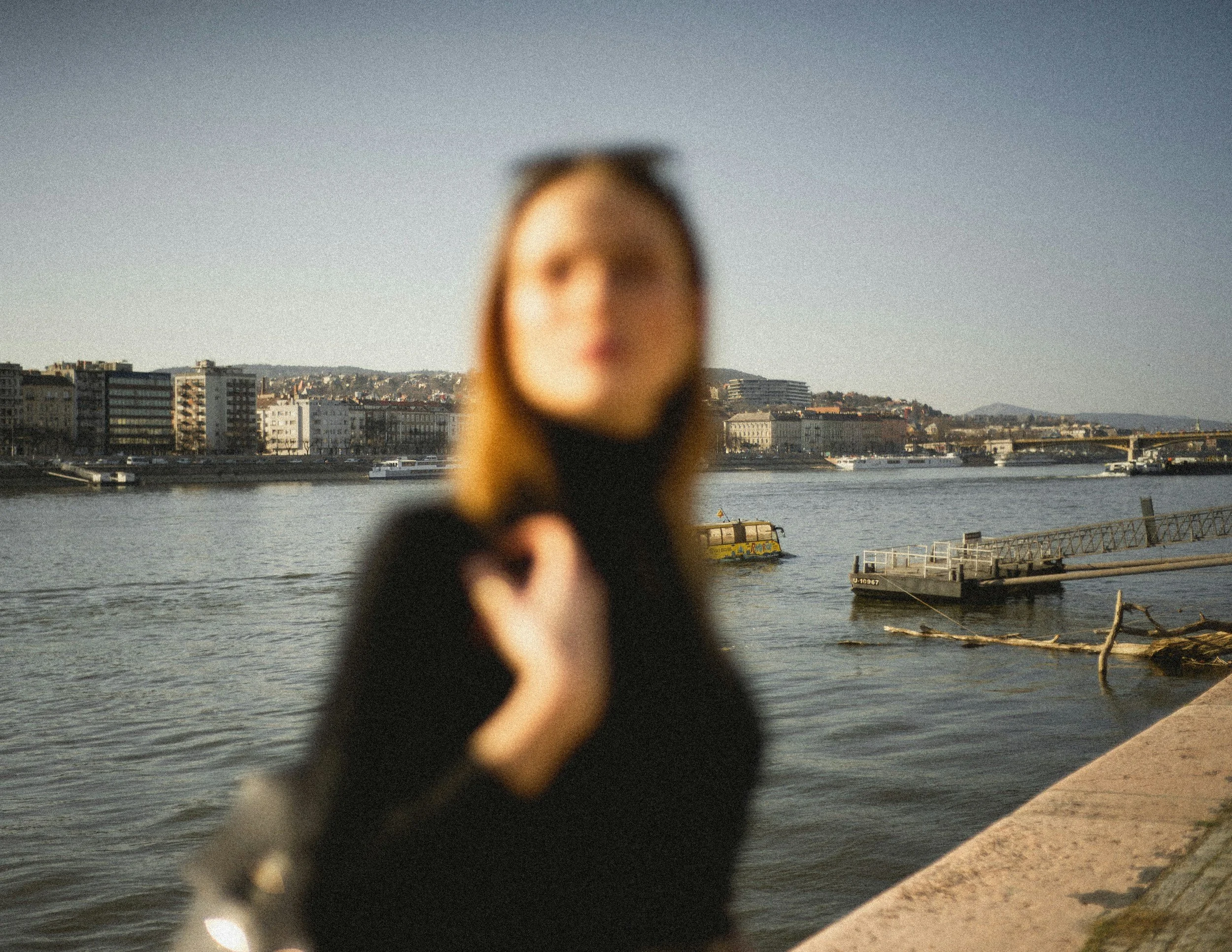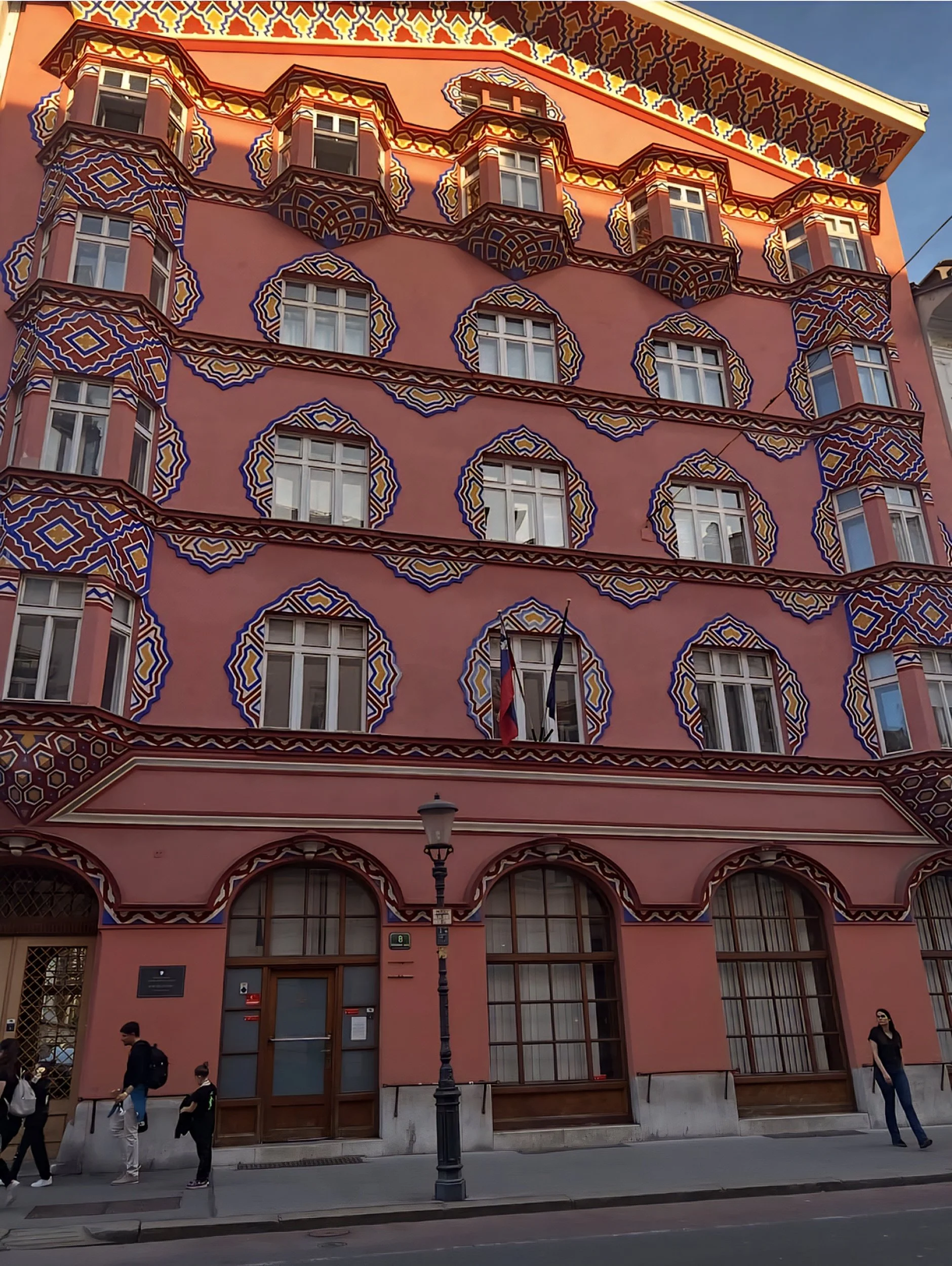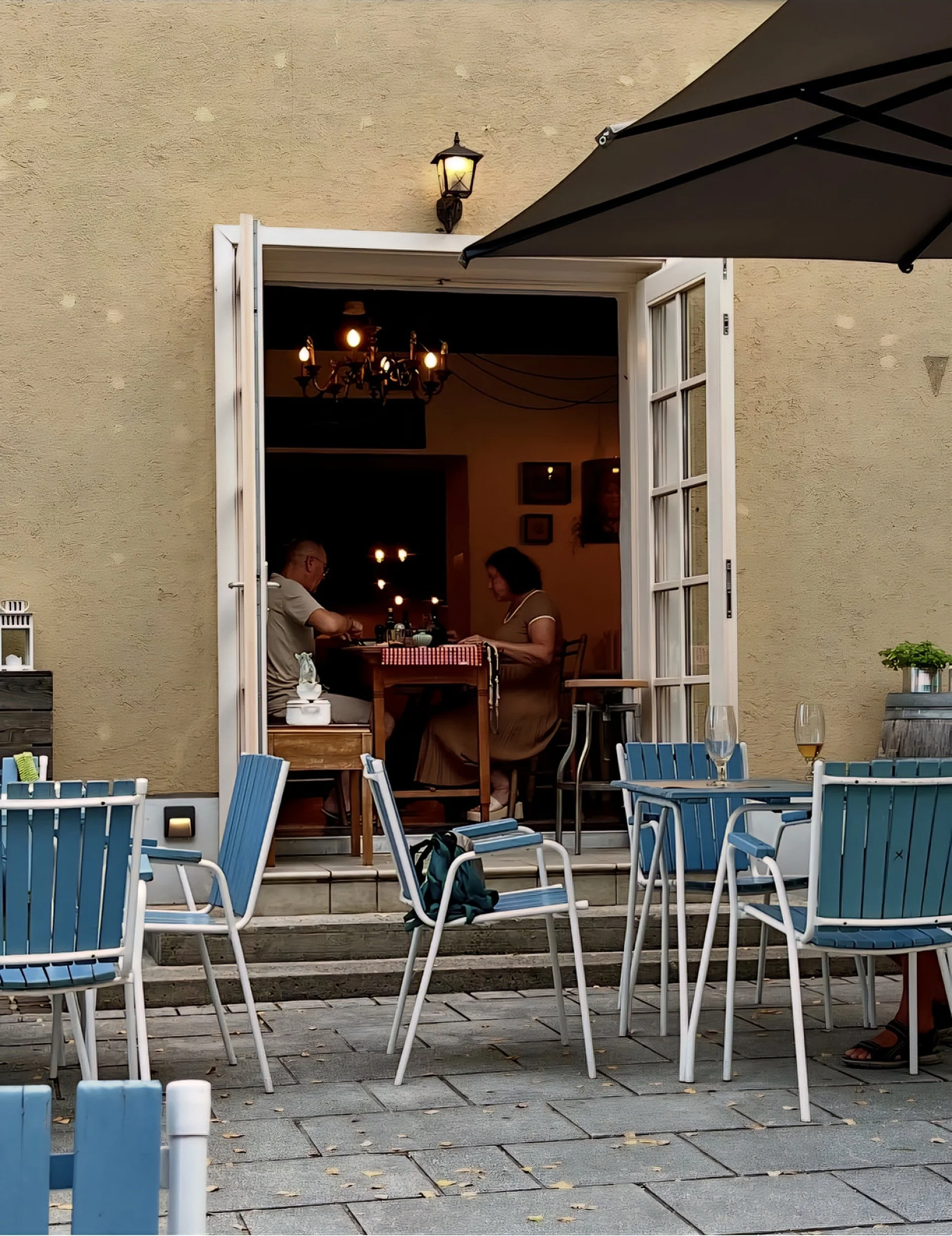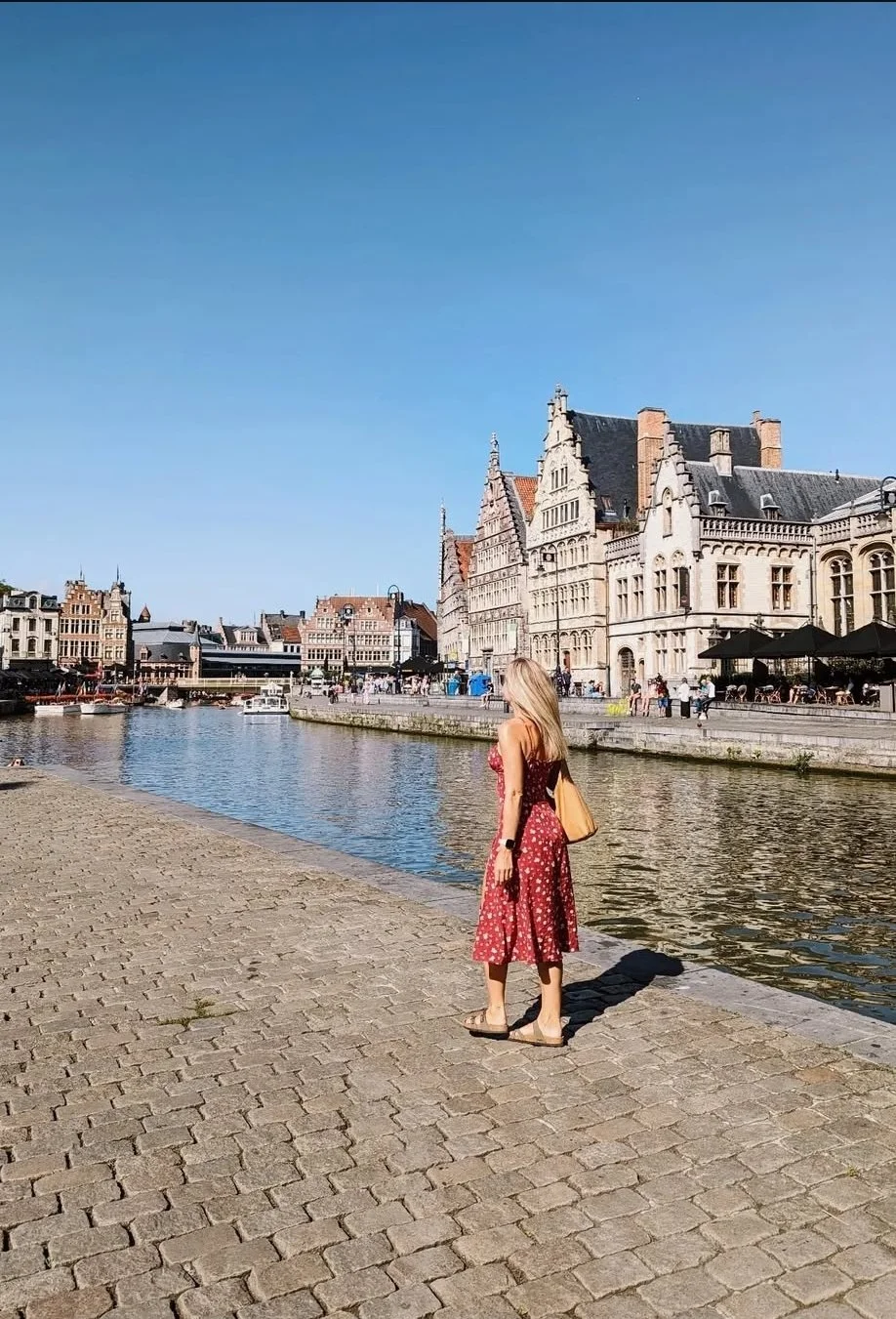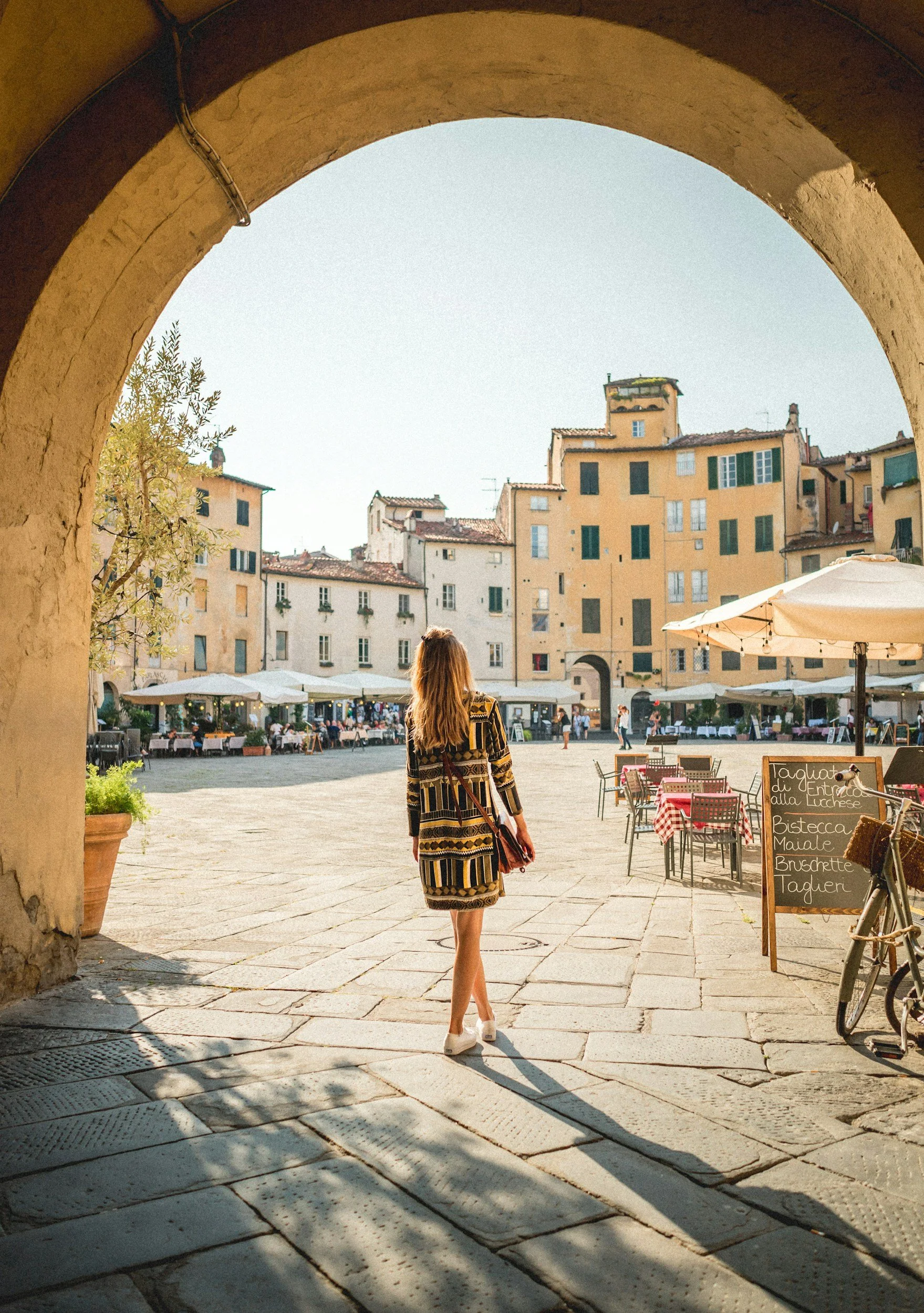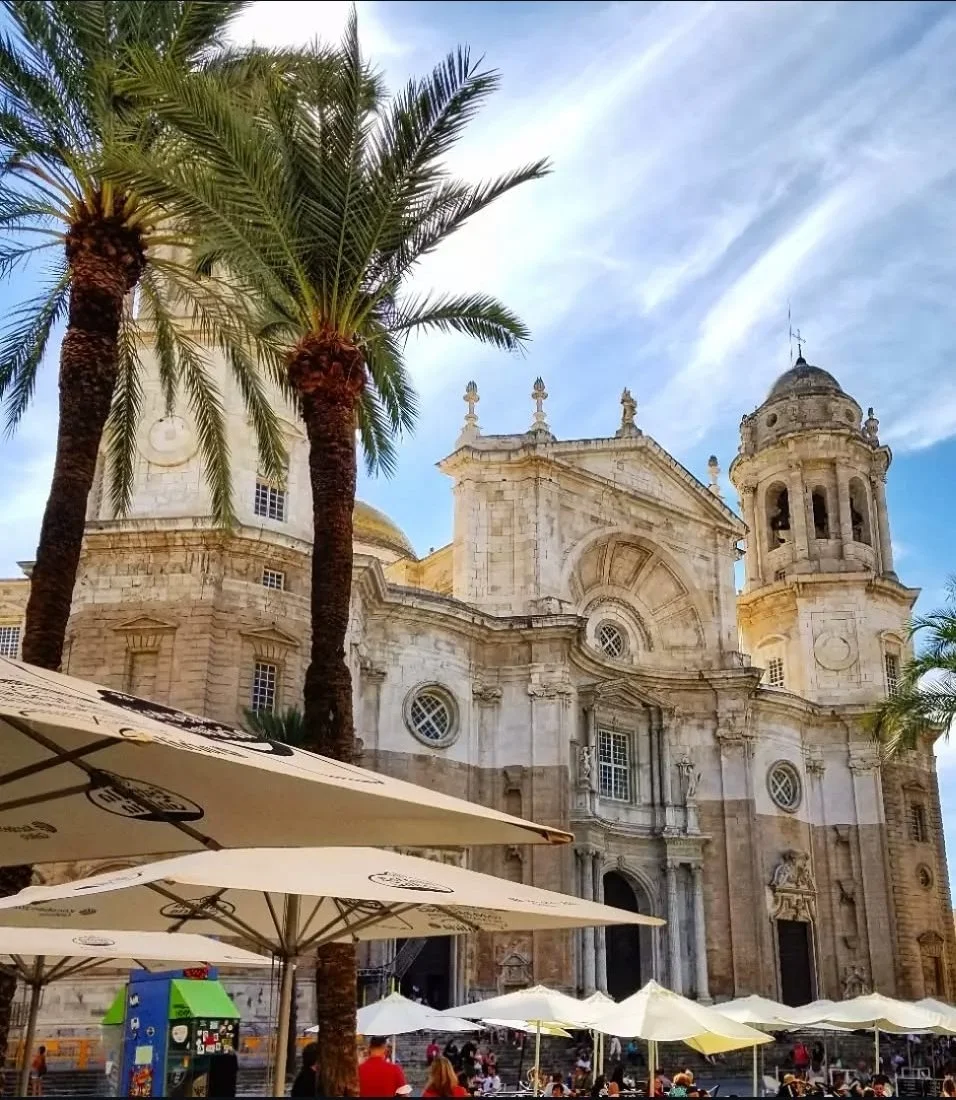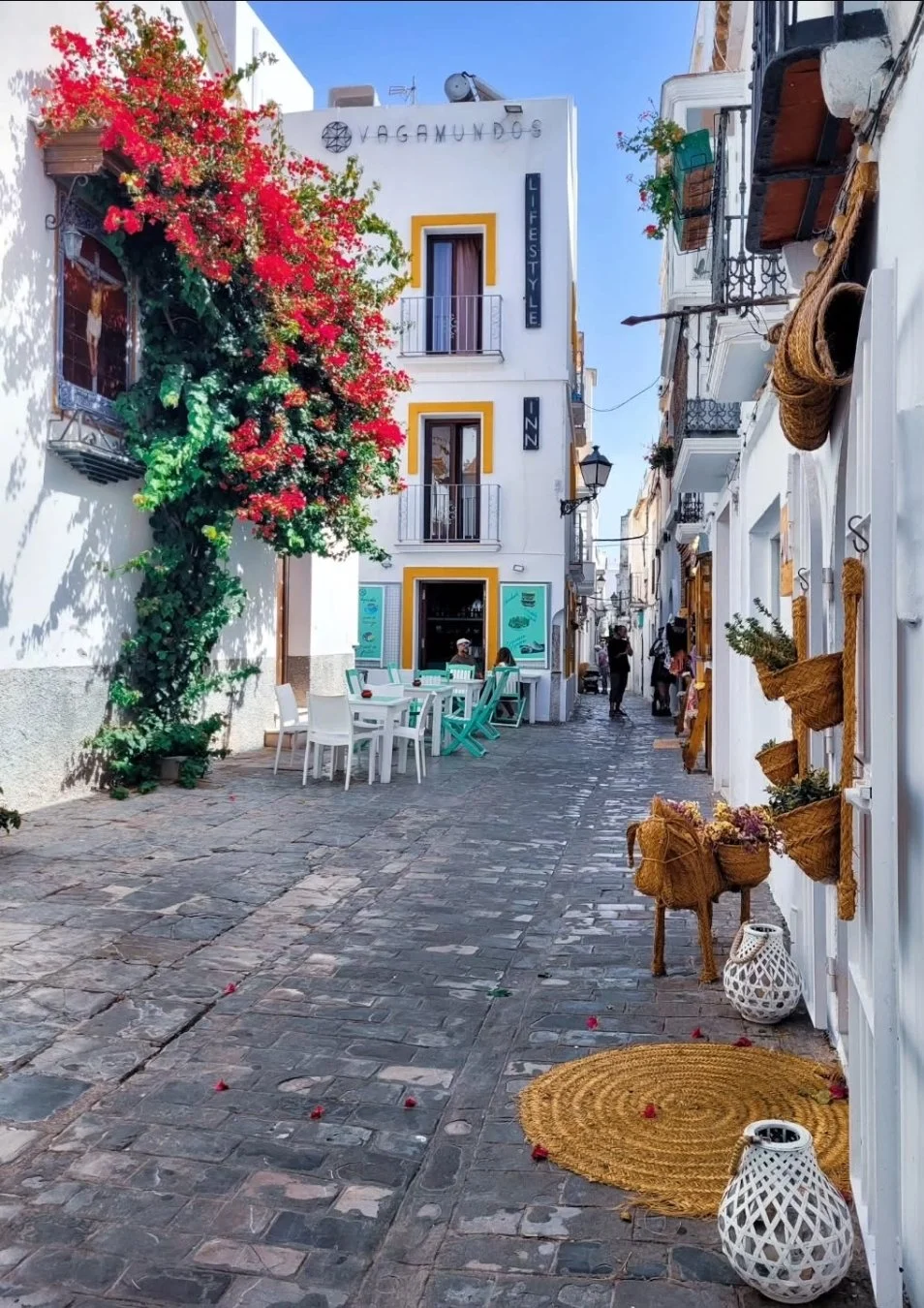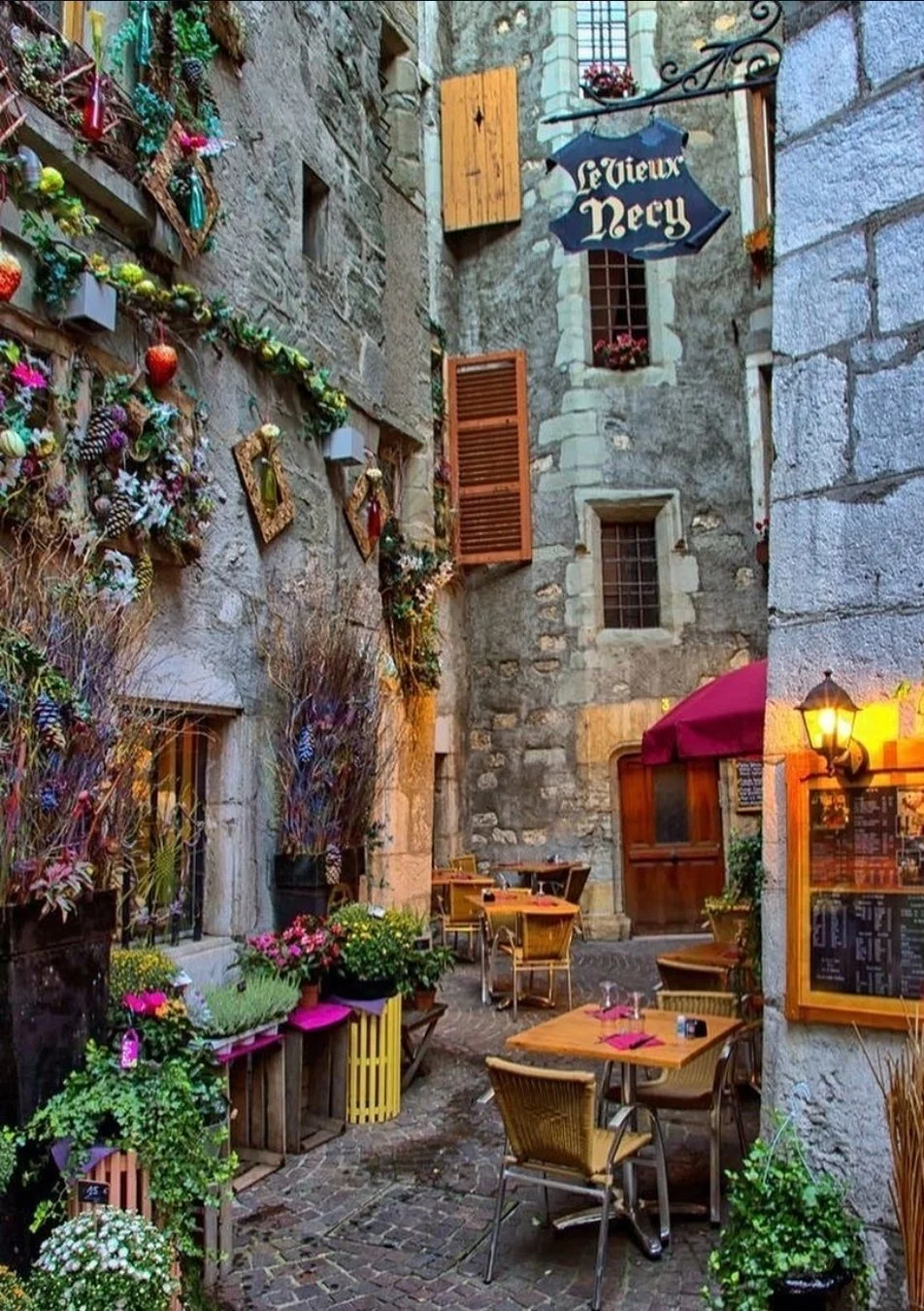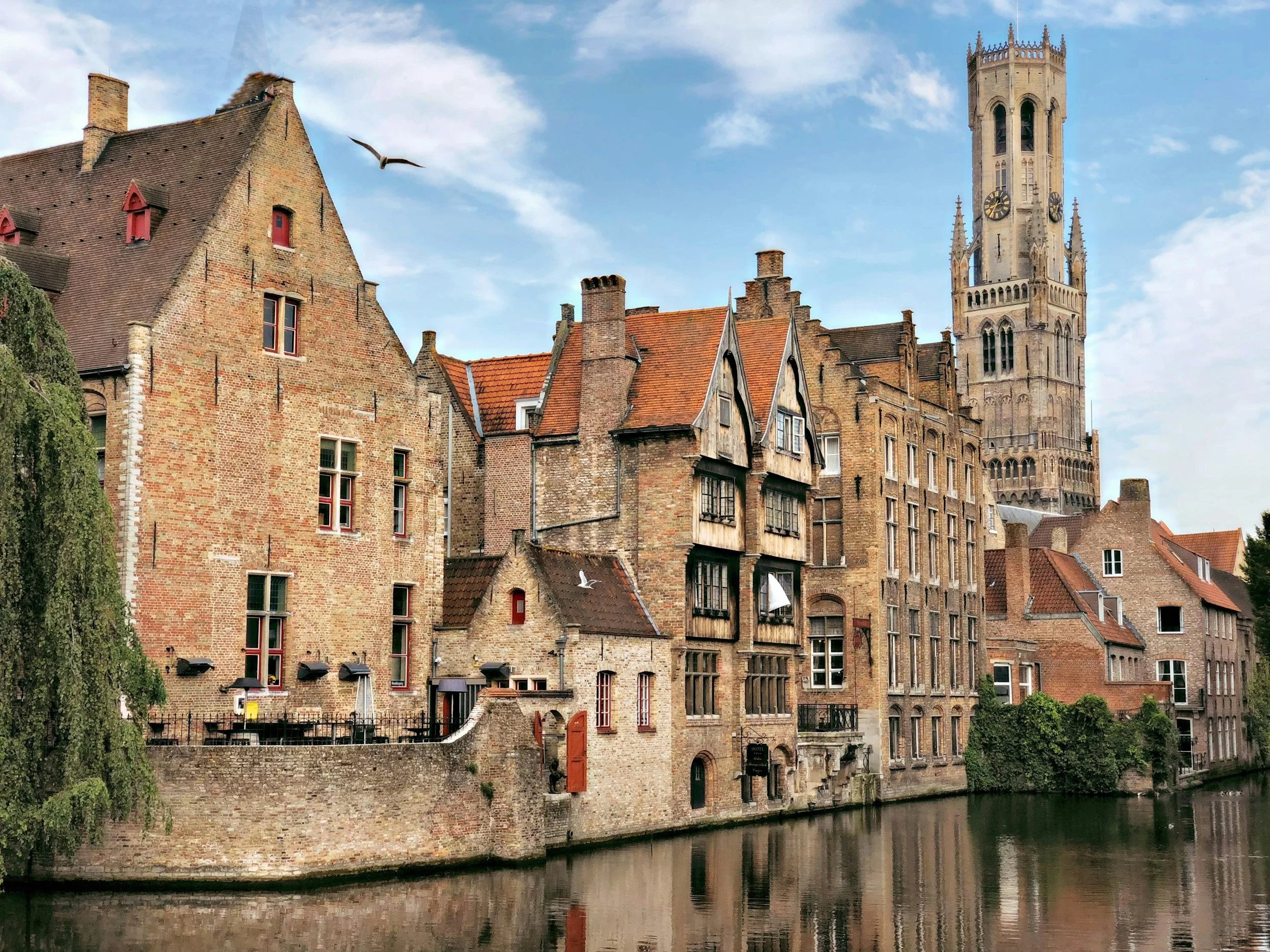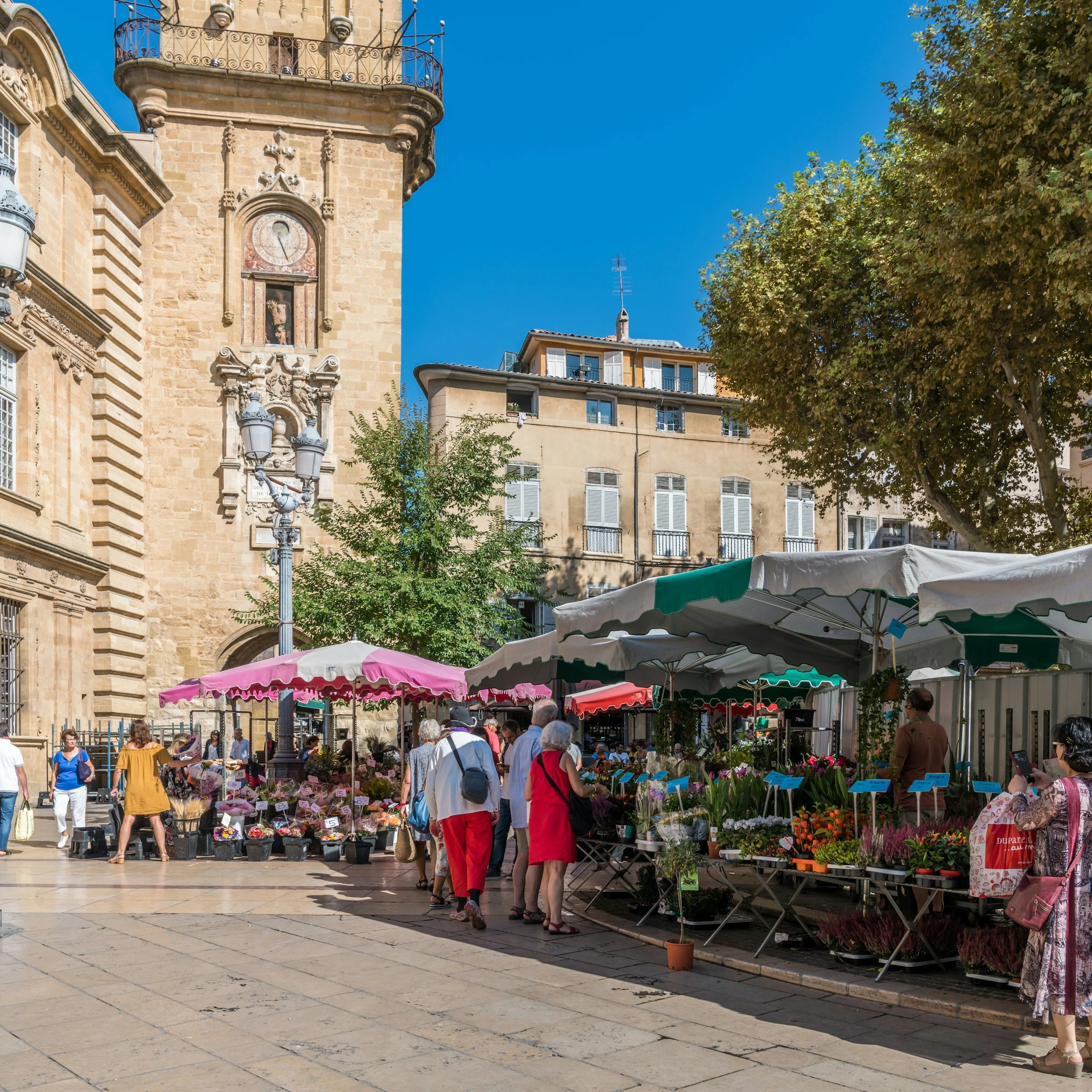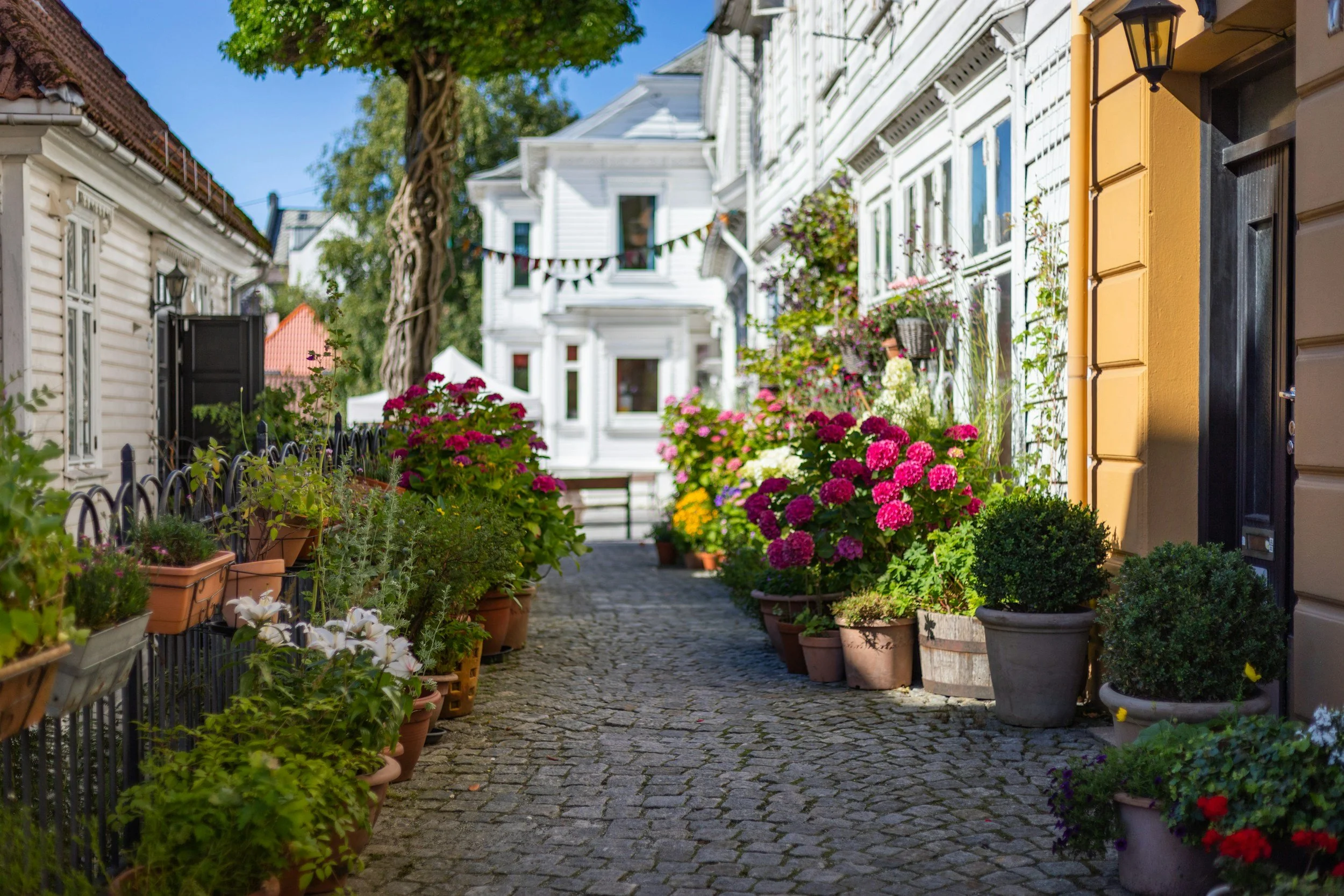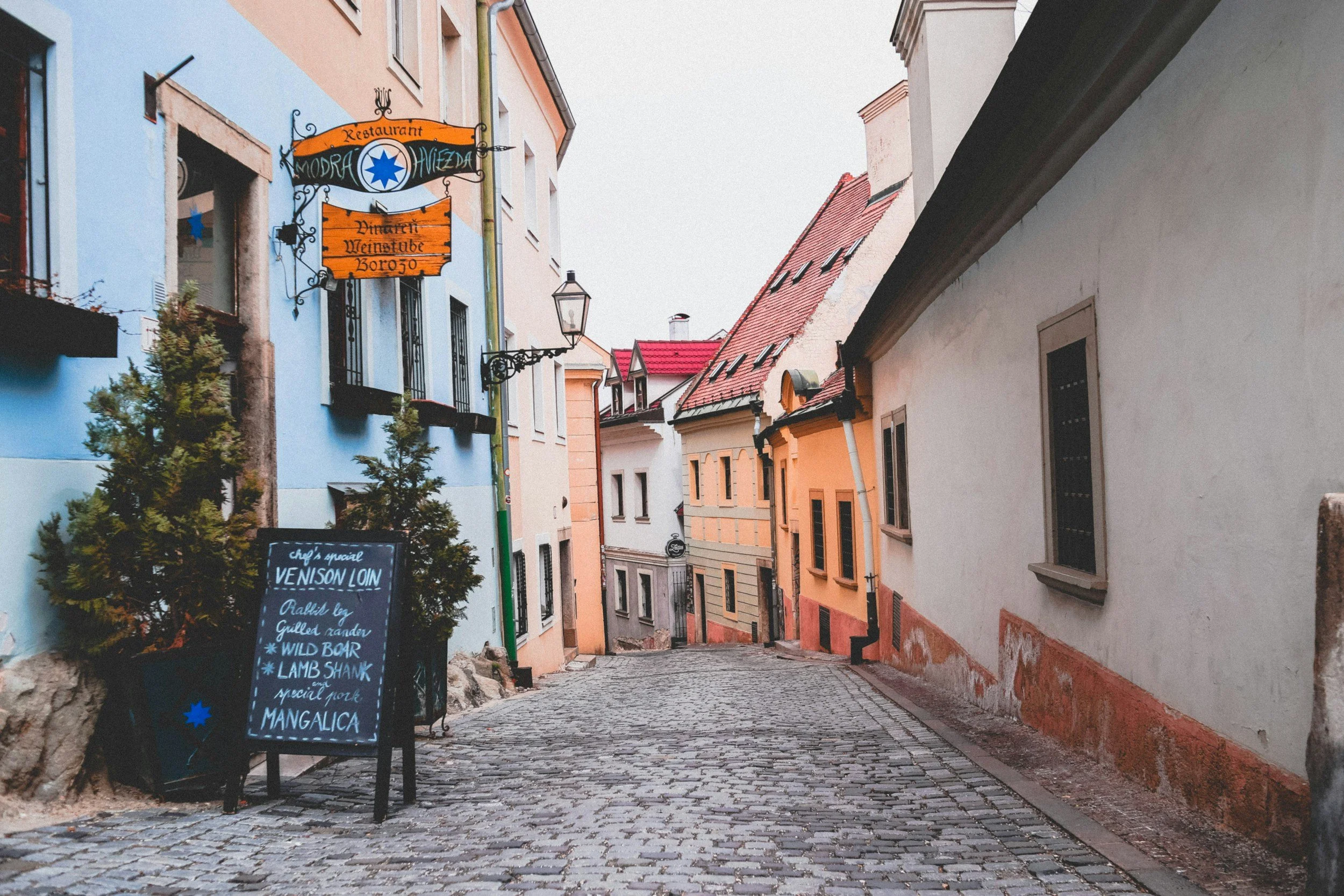Solo Travel in Europe for Introverts: 9 Quiet Cities, Cozy Cafés, and Stress-Free Adventures
Quiet Solo Travel in Europe: Small Cities Where You Can Slow Down
Solo travel in Europe can be exciting - but if you’re an introvert or simply prefer a slower pace, not every destination is a good fit. Some cities drain you with constant crowds, noisy nightlife, and the pressure to “see it all.” Others feel like they were designed for travelers who enjoy quiet streets, friendly but low-key interactions, and long afternoons with a book in a café.
This guide is for solo travelers who want to explore Europe without the overwhelm. You’ll find destinations that are safe, walkable, and easy to navigate alone, plus insider tips on where to stay, when to visit, and how to get the most out of your trip without burning out.
You’ll find lakeside towns in France, coastal corners of Spain, and medieval streets in Belgium… each with its own kind of calm, all safe and simple to navigate. If you’re looking for a solo trip that’s as much about breathing space as it is about seeing the sights, start here.
Why Introverts Thrive on Solo Travel in Europe
Traveling alone as an introvert comes with huge advantages:
You can set your own pace without worrying about someone else’s schedule.
You can spend entire afternoons doing “nothing” (which is often the best part of a trip) without guilt.
You can avoid crowded attractions and instead focus on the places that actually interest you.
Europe makes this even easier thanks to its walkable city centers, strong café culture, and safe, reliable public transport. Many cities have neighborhoods where you can spend a whole day exploring within a few blocks, which is kimd of perfect for travelers who like to settle in and go deep, not wide.
For more inspiration on embracing a slower, more mindful travel style, see our Introvert’s Guide to Traveling Europe.
How to Choose an Introvert-Friendly Destination in Europe
Not every quiet-looking destination is introvert-friendly once you’re actually there. Here’s what to look for:
1. Manageable Size
Mid-sized cities or large towns are ideal! Big enough to have culture and amenities, small enough to explore without feeling overwhelmed.
2. Walkability
Being able to walk between cafés, shops, and sights without relying on constant transport reduces decision fatigue and stress.
3. Relaxed Social Atmosphere
You want places where solo diners and coffee drinkers don’t stand out.
4. Green Spaces
Parks, riversides, and gardens offer built-in breaks from sensory overload.
5. Local Hospitality
A friendly but not overbearing welcome makes solo travelers feel comfortable without forcing social interaction.
9 Quiet European Cities Perfect for Solo Travel
These destinations combine walkability, low tourist pressure, and plenty of cozy corners for downtime: exactly what introverted travelers need.
Ljubljana, Slovenia: Best Quiet Spots, Cafés, and Day Trips for Solo Travelers
You step out into a city where the loudest sound is the ring of a bicycle bell and the soft clink of coffee cups on saucers. Ljubljana doesn’t try to dazzle you with grand gestures: it charms with calm streets, leafy riversides, and the kind of friendly-but-reserved atmosphere introverts tend to appreciate. The car-free Old Town feels more like a historic village than a capital, with its pastel facades and small bridges crossing the slow-moving Ljubljanica River.
The city is small enough that you can wander without a map and still end up back at your starting point, but there’s plenty to fill a long weekend. You might browse a bookshop in the morning, spend the afternoon stretched out on a park bench under the shade of a linden tree, and wind down with a glass of local wine by the river.
If you want to be right in the middle of it all, Staro Mesto (Old Town) puts you within a few steps of Prešeren Square, the Central Market, and the café terraces that stretch along both banks. If you prefer to end your days somewhere quieter, the Trnovo district (a 10-minute stroll from the center) has the same pretty architecture but a more residential, low-key feel.
Mornings are best started at Črno Zrno, a tiny coffee bar where beans are roasted with care and the space only fits a handful of people - perfect if you’re not in the mood for chatter. When you’ve had your caffeine, cross the bridge and wander into Tivoli Park. It’s the city’s green lung, full of winding paths, rose gardens, and shady spots ideal for reading or journaling.
If you’re in town midweek, the Central Market is worth a visit for its fresh pastries, ripe fruit, and a glimpse of everyday life. By the time afternoon rolls around, most day-trippers have gone, leaving the riverside paths quieter. That’s your cue for a slow walk - keep going past the Triple Bridge and you’ll find stretches where it’s just you, the water, and the reflection of old stone buildings.
Those looking for an easy outing should skip the overhyped crowds at Lake Bled and take a short bus or train ride to Škofja Loka. This medieval town trades tourist bustle for calm, with pastel houses, a riverside promenade, and a hilltop castle offering views over the rooftops.
The trick to Ljubljana is timing… avoid the busiest summer weekends if you can. Late spring and early autumn bring mild weather, open café terraces, and just enough activity to feel alive without overwhelming you. For a first-time solo traveler in Europe, it’s a city that lets you set the pace, take breaks without guilt, and enjoy the simple pleasure of having nowhere urgent to be.
Ghent, Belgium: A Quiet Solo Travel Guide to Canals, Cafés, and Medieval Streets
If Bruges is the Instagram celebrity of Belgium, Ghent is its quieter, more down-to-earth sibling. It has the same postcard-perfect canals, gabled houses, and medieval streets - but the energy is different. Here, students ride past on old bicycles, locals sip beer on the quaysides, and you can linger over lunch without feeling like you’re in the middle of a guided tour group.
The historic center is compact and walkable, making it ideal for solo travelers who want to explore without wrestling with complicated transport. You can wander from Graslei and Korenlei (the twin quays that form the city’s most scenic spot) to the imposing Gravensteen Castle in under ten minutes, all while taking in views of stepped-roof guild houses reflected in the water.
If you’re staying a few days, look for accommodation near Patershol. This cobblestoned quarter is a little removed from the busiest streets but still close enough to walk everywhere. By day, it’s almost sleepy; by night, its narrow lanes come alive with the soft glow of lantern-lit restaurants and wine bars.
Start your mornings at a café like Le Botaniste, where plant-based dishes and fresh juices pair with a slow, unhurried vibe. From there, you could browse the stalls at the Vrijdagmarkt (Friday Market) if your timing’s right, or duck into one of Ghent’s smaller art museums, like the Museum of Industry, which is far less crowded than the big-name galleries.
Evenings are best spent near the water. Pick a spot on the Graslei quay with a takeaway coffee or Belgian beer and watch the buildings light up as the sun sets. The reflections in the canal are worth the pause. If you’re in no rush, take one of the small-boat canal tours during a weekday morning. They’re quieter then, and you can take in the city’s history without the chatter of a full boat.
Ghent has just enough happening to keep you engaged, but the rhythm is gentle. You won’t have to fight for space at every café table or feel swept along by crowds. For introverts, that’s the real luxury - space to explore, but also to breathe.
Lucca, Italy: Solo Travel Guide to a Peaceful Tuscan Walled City
Tuscany has its famous heavyweights (Florence, Siena, Pisa…) but Lucca moves at an entirely different speed. Surrounded by perfectly preserved Renaissance walls, this is a city where the best thing you can do is slow down. The cobbled streets inside the walls are mostly traffic-free, making it easy for solo travelers to wander without stress.
The walls themselves are the city’s signature experience. Wide enough for pedestrians and cyclists, they circle Lucca for just over 4 kilometers, shaded by mature trees. Walking the full loop takes about an hour if you’re moving slowly (which you should) and offers a quiet perspective over terracotta rooftops and church towers. Early mornings or just before sunset are the best times to go, when locals are out for their evening passeggiata and the light is soft.
Inside the walls, the pace is just as relaxed. Piazzas here aren’t dominated by tourist queues; they’re for locals sipping espresso or chatting in the shade. Piazza dell’Anfiteatro, built on the remains of a Roman amphitheater, is the most photogenic, but smaller squares like Piazza San Michele are often quieter and just as atmospheric.
For a solo trip, location matters. Staying inside the city walls puts you within easy walking distance of everything, from the morning market stalls to late-night gelato. Many guesthouses are in restored townhouses with just a few rooms, giving you both privacy and a bit of home comfort. If you’d like even calmer evenings, look for small B&Bs near Porta San Gervasio or Porta Santa Maria - still central, but away from the busiest piazzas.
When it comes to cafés, Caffè di Simo has an old-world charm with high ceilings and wood paneling, while Pasticceria Taddeucci is a good stop for Buccellato, a sweet bread with raisins and aniseed that’s a local specialty. If you’d rather spend your afternoons outdoors, pick up picnic supplies from the market on Via Santa Lucia and head to the shaded lawns along the ramparts.
Day trips are tempting here, but they don’t have to be ambitious. The seaside town of Viareggio is just 30 minutes by train if you fancy a coastal stroll, while Barga, a small hill town with Scottish-Italian roots, offers sweeping views and quiet cobbled lanes. Both are easy, low-pressure outings for a solo traveler.
Lucca is a town where you can easily spend a whole afternoon cycling the walls, get lost in the maze of narrow streets, or linger over lunch without checking the time. For introverts, it’s the kind of destination where every pause feels like part of the plan.
Cádiz, Spain: Quiet Coastal Streets, Seaside Walks, and Easy Solo Travel
Cádiz is often called the oldest city in Western Europe, but for solo travelers, its real appeal isn’t in the centuries of history - it’s in the pace of life. Perched on a narrow peninsula almost completely surrounded by the Atlantic, this Andalusian port city feels more open and breezy than many of Spain’s inland destinations. The old town is compact, easy to navigate on foot, and filled with spots where you can pause without feeling hurried along.
The historic center is a maze of narrow, sun-bleached streets that suddenly open onto plazas shaded by orange trees. These squares are the heart of local life - you might see small groups chatting over coffee, kids playing football, or an elderly neighbor reading the newspaper in the shade. Even during the busier summer months, Cádiz has enough side streets and hidden courtyards that you can slip away from the crowds.
For a base with both calm and character, look toward the La Caleta Beach area. This neighborhood has a lived-in, residential feel, and in the evenings locals gather along the shore to watch the sunset over the Atlantic - one of the simplest but most beautiful things to do in Cádiz. It’s far enough from the busiest shopping streets to keep noise levels down, but still just a short walk to the central plazas, markets, and museums.
Cádiz is a town that “wakes up” slowly, so start your day at the Mercado Central de Abastos, one of Spain’s oldest covered markets. It’s at its best mid-morning, when the fishmongers are still calling out the day’s catch and the bakery stalls are lined with fresh pastries. Grab a still-warm empanada and some local fruit, then wander toward the waterfront before the midday sun kicks in.
Afternoons are made for the paseo marítimo, the seaside promenade that curves around the city. The stretch near Parque Genovés is especially peaceful: this lush botanical garden offers shaded paths, sculpted hedges, and a few benches perfectly positioned to catch the sea breeze. If you’re in no rush, you could easily spend an hour here, just reading or people-watching.
Cádiz’s charm isn’t only in its city limits. As a solo traveler, you can take easy day trips without the stress of long transfers. A quick 30-minute train ride takes you to Jerez de la Frontera, where the pace is unhurried and the main attractions are sherry bodegas, quiet squares, and historic churches. Another option is El Puerto de Santa María, just across the bay, which offers wide sandy beaches and waterfront tapas bars that stay lively into the evening without feeling overwhelming.
When to go: Spring (April–May) and early autumn (late September–October) are the sweet spots for solo travel in Cádiz. You’ll have warm, sunny days without the crush of high-summer visitors, and the evenings are cool enough for long seaside walks.
Cádiz isn’t about cramming your days with sightseeing. Spend your mornings in the market, afternoons by the sea, and evenings watching the sun drop into the Atlantic. For introverts and quiet travelers, it’s a coastal city that offers all the color and warmth of southern Spain, without the pressure to be “on” all the time.
If you want to explore more places in Spain with the same easygoing feel, check out our quiet Spanish towns guide for more coastal and inland escapes.
Annecy, France: Lakeside Calm, Mountain Views, and a Walkable Old Town
Annecy might be nicknamed the “Venice of the Alps” for its canals, but it’s far quieter than that name suggests. Set between the French Alps and the turquoise waters of Lake Annecy, it’s a city where you can spend your mornings wandering cobbled streets and your afternoons sitting by the lake with a book. For solo travelers looking for a manageable, safe, and scenic destination, Annecy is just the right size: big enough to offer variety, small enough to feel personal.
The Vieille Ville (old town) is the obvious starting point. Its narrow lanes are lined with pastel buildings, flower-filled balconies, and small shops selling everything from local cheeses to handmade soaps. Early mornings are especially peaceful, you can walk along the Thiou River before the cafés set out their tables and enjoy the sound of the water moving through the city. If you’re visiting on a market day (Tuesday, Friday, or Sunday), it’s worth weaving through the stalls early before the crowds arrive.
If you want to be close to both the old town and the lake, look for accommodation near the Pâquier Promenade: a wide, grassy lakeside space where locals walk, cycle, and lounge in the sun. For quieter evenings, consider staying in the Albigny neighborhood on the eastern shore. It’s still walkable to the center but feels more residential, with quieter streets and easy lake access.
Lake Annecy itself is the city’s biggest draw, and there’s no need to rush it. The Lakeside Promenade runs from the old town through the gardens of the Jardins de l’Europe and around the shoreline, offering plenty of benches for sitting and watching the boats. For a more active afternoon, rent a bike and follow the Voie Verte du Lac d’Annecy, a traffic-free cycle path that hugs the lake and offers postcard-worthy mountain views.
Annecy also makes for gentle, low-pressure day trips. The lakeside village of Talloires is just a short boat ride away and has a quieter, almost rural feel, with hiking trails and a small beach. In the other direction, Menthon-Saint-Bernard offers a medieval château, garden terraces, and stunning panoramic views.
Evenings in Annecy are best enjoyed at a slower pace. You could settle into a café terrace for a glass of Savoie wine, or pick up picnic supplies: a crusty baguette, local Tomme cheese, and ripe fruit - and watch the sunset from the shore.
When to visit: Late spring and early autumn are ideal for solo travel in Annecy. The weather is warm enough for lakeside walks without the summer crowds, and the mountain air is crisp and clear.
Annecy isn’t a place that asks you to pack your schedule. It’s a place where you can wake up without a plan, wander where you like, and always end up somewhere beautiful - whether it’s a shady bench by the lake or a quiet corner café in the old town.
Bruges, Belgium: Early Mornings, Peaceful Canals, and Solo Travel at Your Own Pace
Bruges is often described as a “storybook” city - and it’s true. Medieval guild houses, winding canals, and cobblestone streets give it an almost unreal charm. But for solo travelers, the trick to enjoying Bruges isn’t just knowing what to see… it’s knowing when to see it.
In peak season, it’s very busy and tourists can fill the main squares by mid-morning. That’s why the best way to experience Bruges as an introvert is to claim the quiet hours. Stay close enough to the historic center to walk in before breakfast, and you’ll have Markt Square and the Belfry of Bruges almost to yourself. The same goes for the Burg Square, where the ornate City Hall and the Basilica of the Holy Blood are at their most magical in the soft morning light.
If you prefer a calmer base, look just outside the old city walls, in neighborhoods like Sint-Anna. These areas keep you within a short walk of the center but offer quieter streets and more space in the evenings.
The canals are Bruges’ most famous feature, and you don’t need to book a tour to enjoy them. The Rozenhoedkaai viewpoint is the city’s most photographed spot, but you’ll find even more peaceful views along the Begijnhof area, where whitewashed houses and a tranquil garden create a surprising pocket of stillness in the middle of the city.
When the streets get busy, step inside the Groeningemuseum, home to Flemish masterpieces, or find a quiet café for hot chocolate. Vero Caffè is a local favorite - small, cozy, and removed from the busiest thoroughfares. If you’d rather spend your time outdoors, follow the canals out toward the four remaining medieval windmills on the city’s edge. These grassy embankments are perfect for an afternoon break with a book.
For an easy solo outing, rent a bike and follow the flat, scenic path to Damme, a tiny village just 7 km away. The route runs alongside a tree-lined canal and feels worlds away from the bustle of the city center.
When to visit: Late autumn and early spring are ideal for solo travel in Bruges. The weather can be cool, but the quieter streets make it easier to enjoy the city’s historic charm without feeling rushed or crowded.
By walking early, exploring side streets, and taking time to sit by the water, you’ll discover a softer side of this famous city - one that feels perfectly suited to those who travel alone.
Aix-en-Provence, France: Market Mornings, Shady Squares, and Gentle Solo Travel
Aix-en-Provence is one of those places where the pace of life feels just right for solo travelers - lively enough to keep you engaged, but never so fast that you feel rushed. The air smells faintly of lavender and fresh bread, fountains gurgle in shaded squares, and the golden light gives everything a warm glow. It’s a city that invites you to slow down and really notice your surroundings.
The heart of Aix is the Cours Mirabeau, a wide, tree-lined avenue where locals linger at café terraces for hours. But the real magic for introverts often lies just a street or two away, in smaller squares like Place d’Albertas or Place des Cardeurs, where you can sip a coffee without the constant flow of people. The Mazarin district, with its elegant old townhouses and quiet courtyards, is one of the best areas to stay if you want to be central but still enjoy calm evenings.
Mornings in Aix are made for the markets. There’s something happening almost every day! The produce market on Place Richelme is a favorite, with stalls selling Provençal cheeses, olives, and fresh fruit. If you’re self-catering, it’s a perfect way to pick up ingredients for a picnic. On Tuesdays, Thursdays, and Saturdays, the textile and flower markets spill across the squares, adding bursts of color to the city.
Afternoons are ideal for exploring at a slower pace. You might visit Atelier Cézanne, the preserved studio of the painter, or stroll through the Pavillon de Vendôme gardens for some quiet greenery. If the sun is strong, retreat to a shaded bench under the plane trees with a book.
For short, low-pressure day trips, Lourmarin is a beautiful choice. This hilltop village has stone streets, boutique shops, and a slower rhythm that’s perfect for wandering. Another option is Ansouis, with its medieval castle and sweeping countryside views. Both are reachable in under an hour by car or local transport.
When to visit: Spring and early autumn are the best seasons for solo travel in Aix-en-Provence. The weather is warm but not stifling, the markets are full, and the cafés still spill out onto the squares without the shoulder-to-shoulder crowds of midsummer.
Aix is the kind of place where you can create your own rhythm. Whether you’re starting your day with coffee and a croissant, lingering in a garden, or exploring the countryside in the afternoon, there’s no pressure to do more than what feels right. For introverts and quiet travelers, that’s exactly the point.
If you want to extend your trip with more rural French stays, see our guide to Drome Provence cottage stays for peaceful options in the surrounding countryside.
Bergen, Norway: Fjord Views, Cozy Cafés, and Relaxed Solo Travel
Bergen is often called the gateway to the fjords, but for solo travelers, it’s more than just a starting point. This small coastal city has the perfect balance: lively enough that you’ll never feel isolated, but with plenty of quiet corners where you can slow down and recharge.
The historic Bryggen Wharf, with its colorful wooden houses, is Bergen’s postcard view. Early mornings are the best time to walk here, when shop shutters are still closed and the cobblestones are quiet underfoot. By late morning, the area wakes up with small galleries, craft shops, and cafés - a nice mix for travelers who like exploring at their own pace.
Bergen’s compact size means you can easily get around on foot. For a calm base, look at the residential streets around Nygårdshøyden or Nordnes. Both are close to the harbor and museums but offer more peaceful evenings than the busiest parts of the center.
Nature is never far away here. The Fløibanen funicular takes you from the city center to the top of Mount Fløyen in just a few minutes, where you’ll find panoramic views of the harbor, islands, and surrounding mountains. From there, you can follow short, well-marked walking trails - many of which feel surprisingly remote, even though you’re just minutes from town.
Rain is part of Bergen’s charm, and the city wears it well. When the skies open, retreat to one of its many independent coffeehouses. Kaffemisjonen is a favorite among locals for its expertly brewed filter coffee and relaxed vibe, while Blom offers a small, quiet space perfect for journaling or reading on a rainy afternoon.
If you’re here for a few days, set aside time for a short fjord trip. Many tours leave directly from Bergen’s harbor, and you can choose ones lasting just a few hours - enough to get a taste of Norway’s dramatic landscapes without committing to a long journey.
When to visit: Late spring and early autumn are ideal for solo travel in Bergen. The weather is milder, cruise ship crowds are smaller, and the surrounding nature is at its most colorful: from spring blooms to autumn leaves.
Bergen has a way of making you feel welcome. Whether you’re taking in the view from Mount Fløyen, sipping coffee in a cozy corner, or watching fishing boats glide into the harbor, the city encourages you to move at your own pace - exactly what solo travel should be.
Tartu, Estonia: Riverside Walks, Academic Calm, and Small-City Solo Travel
Tartu is Estonia’s second-largest city, but it feels more like a friendly, walkable town. Known for its historic university and creative energy, it offers the kind of manageable scale that’s perfect for solo travelers - everything important is close together, and there’s always a quiet place to pause when you want a break.
The city’s heart is Town Hall Square, framed by pastel 18th-century buildings and dotted with café terraces. Even here, the pace feels unhurried. From the square, it’s only a short walk to the Emajõgi River, where wide pedestrian paths stretch along both banks. Mornings are especially peaceful, with joggers, cyclists, and locals heading to work - it’s the perfect time for a slow riverside walk with coffee in hand.
If you want to stay central without the noise, look for accommodation near Toome Hill. This leafy park area is home to some of Tartu’s most historic buildings, and in the evenings, the pathways are quiet except for the occasional student walking home from class. You’ll still be just 5–10 minutes from the main cafés and restaurants.
Cultural stops are easy to fit into a relaxed itinerary. The Estonian National Museum is worth half a day for its thoughtful exhibits on the country’s history and culture, and the smaller Tartu Art Museum offers rotating contemporary exhibitions in an easy-to-digest format. For book lovers, Raamatukoi is a cozy local bookstore where you can browse for both Estonian and translated works.
Tartu also has a surprising café culture for its size. Krempel Kohvik is great for a leisurely breakfast and people-watching, while Werner Café & Lounge has been a local institution for decades and makes a good afternoon cake stop. Many spots are laptop-friendly, so if you’re mixing travel with creative work, you’ll feel welcome to linger.
Day trips are simple to arrange. A short bus ride takes you to Emajõe-Suursoo Nature Reserve, where boardwalk trails wind through wetlands and offer a complete change of scenery from the city. In winter, you might head to Otepää, a small town known for cross-country skiing and snowy forest walks.
When to visit: Spring and early autumn are ideal for solo travel in Tartu. The university is in session, so the city has a lively but not overwhelming atmosphere, and the parks and riverside are at their most inviting.
Tartu is the kind of place where you can set your own rhythm. One day might be filled with museums and café stops, another might be just a book, a bench by the river, and the sound of church bells marking the hours. For introverts, it offers the rare combination of enough to see without ever feeling pressured to do more than you want.
Making the most out of your European solo trip
The best part about traveling alone in these kinds of places? You set the pace. No rushing through museums you don’t care about, no skipping that extra coffee because someone else is ready to move on.
Every city on this list works well for quiet solo travel - they’re safe, easy to get around, and welcoming without being overwhelming. Some have beaches or mountain views, others lean more toward history and markets. Whichever you choose, give yourself room in your schedule for the slow moments. They’re often the ones you’ll remember most.
Solo travel isn’t about seeing everything. It’s about giving yourself the time and space to notice the little things… and in the right city, those little things become the best part of the trip!

